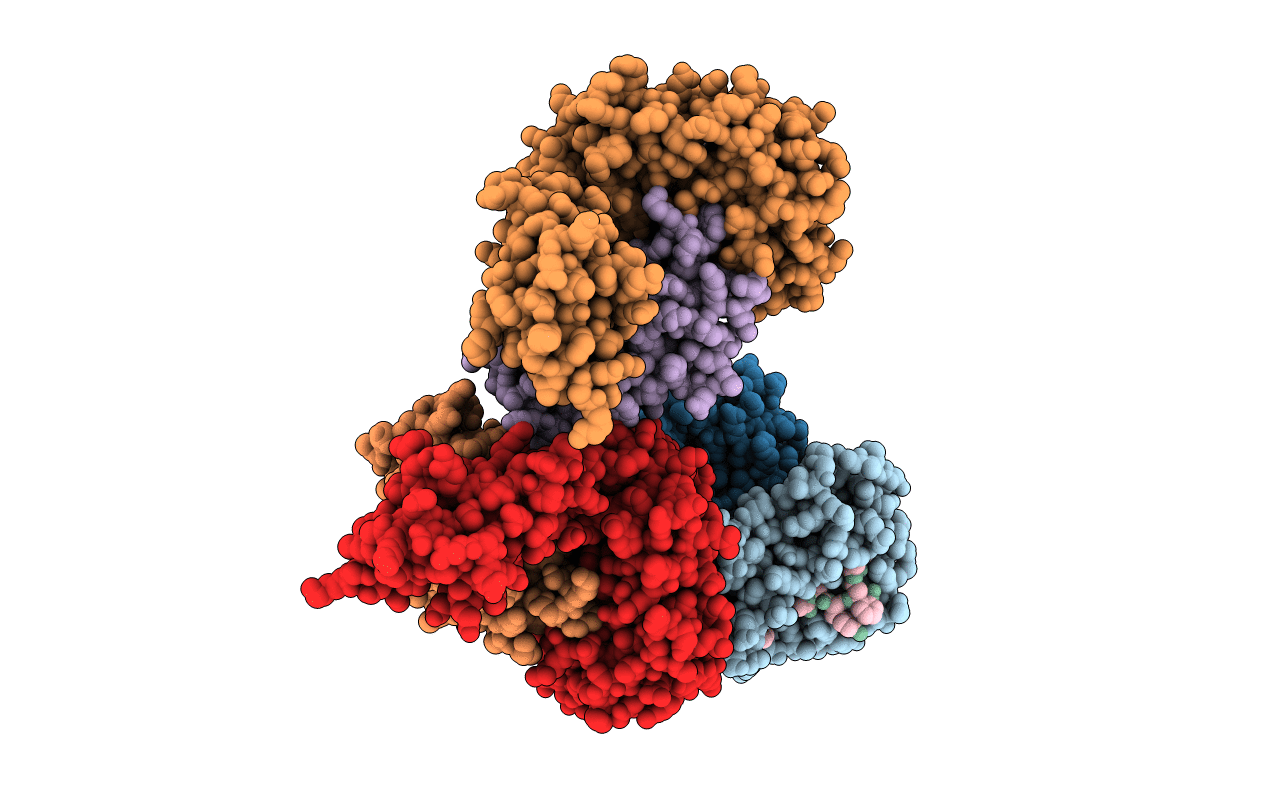
Deposition Date
2007-10-17
Release Date
2008-01-22
Last Version Date
2024-11-13
Entry Detail
PDB ID:
2VE6
Keywords:
Title:
Crystal structure of a Murine MHC class I H2-Db molecule in complex with a photocleavable peptide
Biological Source:
Source Organism:
MUS MUSCULUS (Taxon ID: 10090)
SENDAI VIRUS (Taxon ID: 11191)
SENDAI VIRUS (Taxon ID: 11191)
Host Organism:
Method Details:
Experimental Method:
Resolution:
2.65 Å
R-Value Free:
0.29
R-Value Work:
0.23
R-Value Observed:
0.23
Space Group:
P 1 21 1


